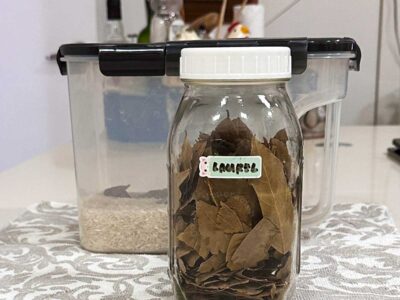Growing up, we had a nanny who told my brother and me not to eat tomato seeds. She warned us that the seeds would grow into plants in our stomach.
Today, I don’t know whether to be amused or annoyed when I recall her warning. I’m not really sure if she was just dissing us, regaling us with her “adult” knowledge, or whether she truly believed that seeds could germinate in the human stomach if they are intentionally or accidentally ingested, and grow into plants. They won’t. The seeds have to be dried before they can be planted, and no part of the human digestive system is exactly a fertile ground for growing plants.
The tomato’s core and seeds are edible although there are claims that the seeds cannot be digested so they just pass through the digestive system and later excreted. So, yes, it is perfectly alright to leave them where they are when the tomatoes are cut and thrown into a pan, or when the tomatoes are served raw.

Tomato is 95% water. The outer flesh is firm but the core, or “pulp”, is gelatinous. If using tomatoes to make a soup or a sauce, that gelatinous pulp can actually make the soup or sauce taste better.
But that same gelatinous pulp can also ruin a dish. Let’s say you’re serving a salad with tomatoes and you expect the bowl of salad to sit on the dining table for a couple of hours so that everyone can help themselves should they want more during the course of the meal. The gelatinous pulp of the tomatoes will drip off. Gravity, right? And that can result in soggy leafy vegetables. If you had made an effort to pass salad greens through a spinner then toss them with uncored and unseeded tomatoes, well, it’s going to be like the leafy vegetables never went through the spinner at all.
Personally, I find that there is only one valid reason for removing and discarding the core and seeds of tomatoes — if they’re meant to be stuffed. You have to make room for the stuffing and there simply is no other way but to get a spoon or a teaspoon and use it to scoop out the entire core along with the seeds.







